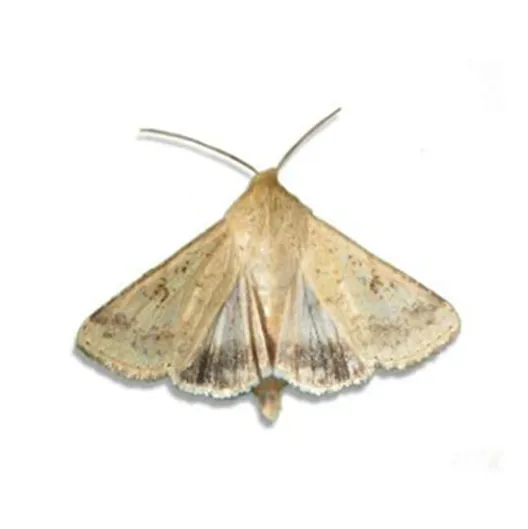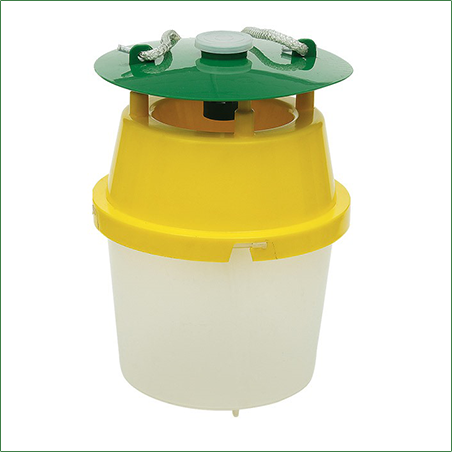Cotton,corn, tomato, eggplant, pepper, okra, tobacco
Cotton Bollworm adults are beige-brown butterflies with a wingspan of 35-40 cm. Females lay their eggs one by one on the leaves, fruits and fresh sprouts of host plants. A female can lay 700 to 1500 eggs.
The incubation period of the eggs is 2-10 days. The larvae complete their development in 11-31 days depending on the temperature and become pupae in the soil chambers they have prepared at a depth of 3-8 cm in the soil.
The larvae do the damage. The larvae, which feed on leaves in the 1st and 2nd stages, then penetrate into the fruits of vegetables such as tomatoes, peppers, eggplant, okra, chickpeas and lentil beans and feed there.
They cause many fruits to be damaged and rotten by passing from one fruit to another.
After the cotton bollworm larvae enter the fruit, the control will be unsuccessful. Therefore, it is important to determine the adult emergence in a timely manner. Beginning from mid-May, the first flight of the pest should be detected by hanging traps (3 traps/hectares).



